How to grow basil at home
Previous PostBasil is one of the easiest herbs to grow in your kitchen gardens and is best known for its culinary uses.
You can sprinkle it over your salads, garnish pizza, top pasta, make pesto, muddle it in your Bloody Marys or make sweet basil soup. Regardless of what you decide to use your freshly picked basil for, it is an easy-to-grow herb with multiple benefits.
Why should you grow basil at home?

You can purchase this herb at any store but there's nothing like clipping fresh basil from your garden and adding it to whatever you are preparing. Its spicy, fresh, clove-scented flavour enhances your dishes. One basil plant can supply you with about 1/2 cup of basil weekly. It is simple to grow and easy on your pockets. There are multiple varieties of basil but the most common ones are sweet basil. However, as compared to other herbs, basil is a tender annual. It is sensitive to the cold. Therefore, the best season to grow basil in India is spring.
Here’s a step-by-step guide on planting and growing basil at home in India.
Planting Basil
Where to plant basil?

Basil does well in containers. Place the container in a sunny spot that receives around 6 hours of sunlight every day. If you are planning to plant your basil on the ground, place it next to your tomatoes.
When to plant basil?

Basil germinates quickly and is easy to sow from seed. Plant the basil seeds about 6 weeks before the spring season is about to end. Basil is sensitive to cold temperatures, so cover your plant if necessary.
How to grow basil?

Soil requirement
Basil thrives in well-drained soil with a natural ph level. Add rich compost to your potting mix while planting the seed.
Sunlight
Like other herbs, basil is a sun-loving plant. It grows well in a warm environment that receives around 6-7 hours of daily sunlight.
Artificial Lighting
If you're growing your basil indoors in a container, you can make use of fluorescent bulbs to help the plant thrive. 12 hours of light a day will keep your basil plant growing. Ensure to keep your plant 2-4 inches away from the bulbs to prevent the leaves from burning.
Companion Planting
Basil can be planted among other herbs and vegetables with similar growing requirements, like parsley, tomatoes, chamomile, oregano, bell peppers, etc. Check out our companion planting chart for a variety of vegetables and herbs.
Temperature Requirement
Keep your basil in a spot that has 20 degrees Celsius temp or higher. Keep your plant away from the harsh cold breeze or air conditioners. Basil likes humidity, therefore, mist your plants occasionally.
Watering

For good results, aim to keep your plant moist. The basil plant does well when it receives about 1 inch of water every week. However, plants that are in containers need a little more than 1 inch. Water your plant if you see any signs of wilting. Although, it is best to not wait for signals.
Fertilizers
Basil doesn't need very rich soil to grow. If you have added organic compost once, chances are that it won't need any additional nutrients.
Pruning Basil
Basil responds well to topping and pruning. Feel free to use leaves as soon as the plant is established and has branched out.
Growing in Container

If you're planning to pot your plant in a container, then pick a pot just big enough for the plant. Starter basil plants can fit well in even the smallest apartment space. To avoid fungal growth, pick a container that allows for good aeration and excellent drainage. A fabric grow bag with a healthy potting mixture will help your basil plant thrive.
Harvesting Basil

Once the leaves grow to the size of your liking, snip them with a pair of scissors or pick them off using your hands. It is better to harvest the leaves before it starts flowering. You can also pinch off the flower portion which will help the plant to direct its energy on growing leaves. Harvest 2/3 of the plant to allow the production of more leaves.
Now the only question that you are left with is, “Why not plant basil in your kitchen gardens?”. Grab high-quality basil seeds from AllThatGrows and make this easy-peasy flavourful herb a part of your garden.




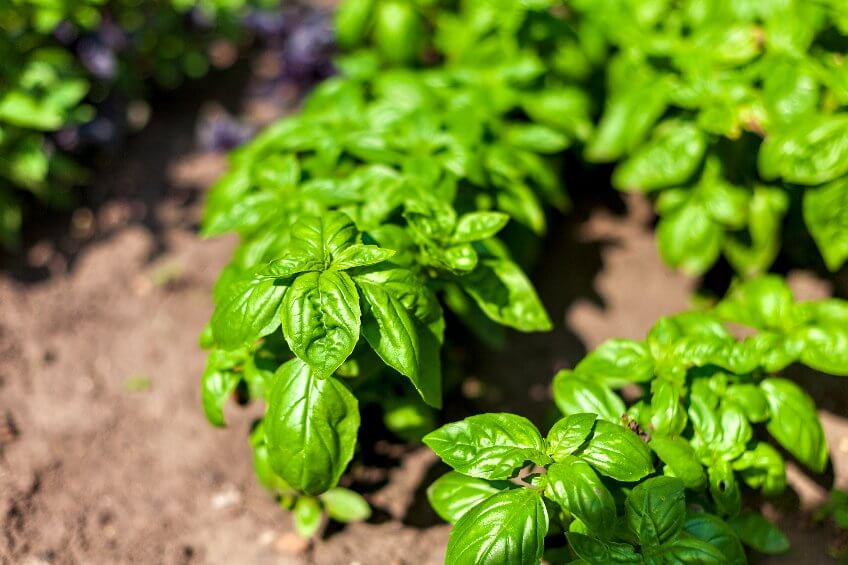
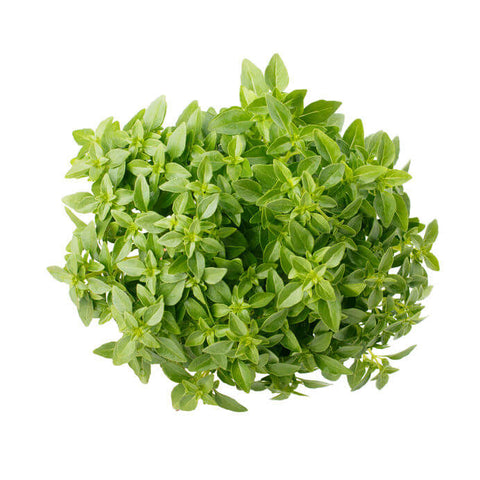
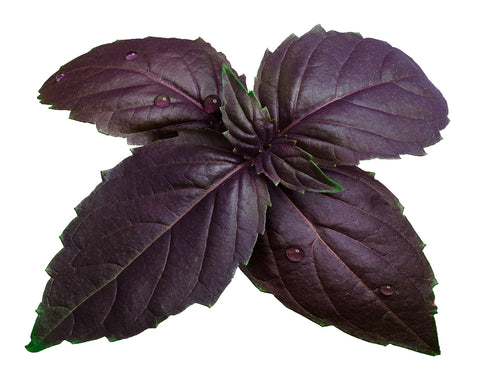
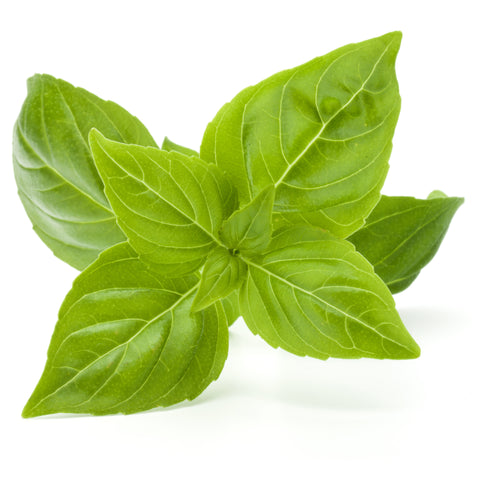
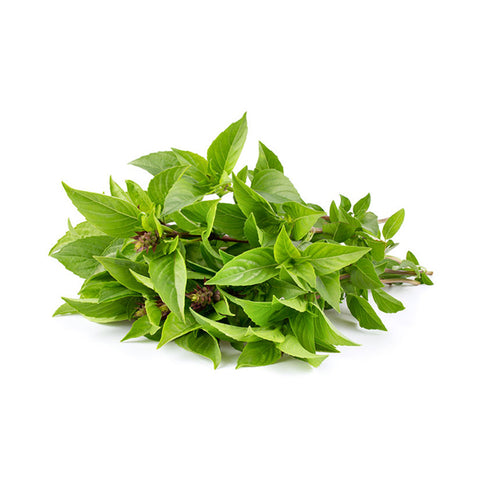
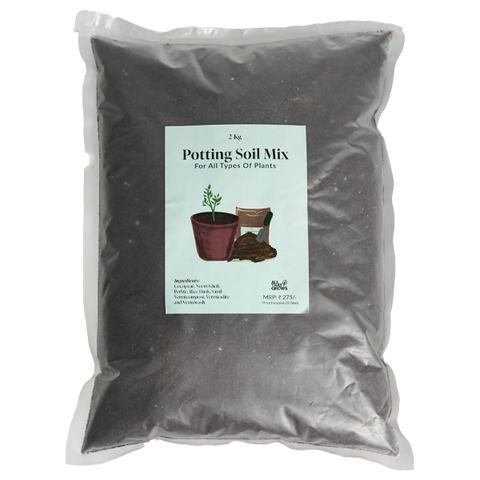
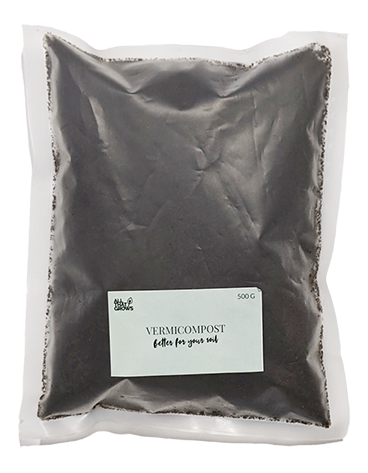
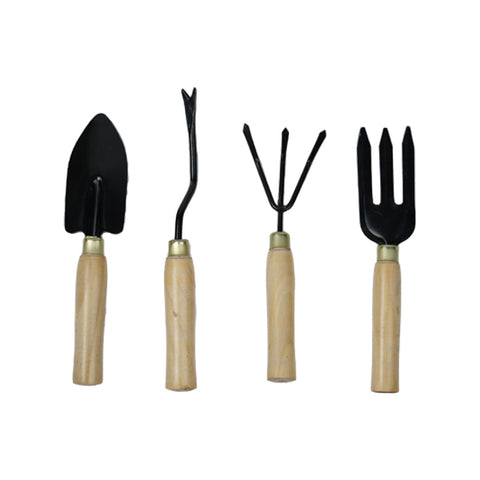
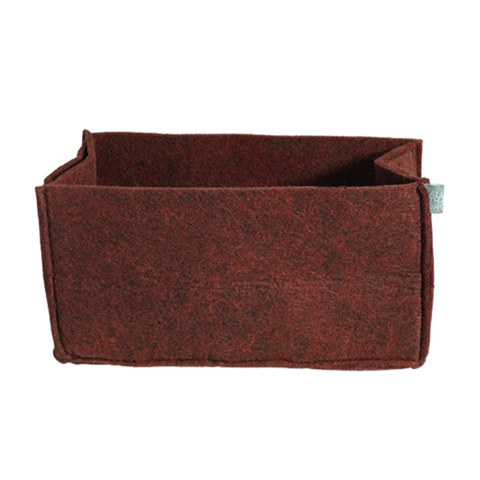
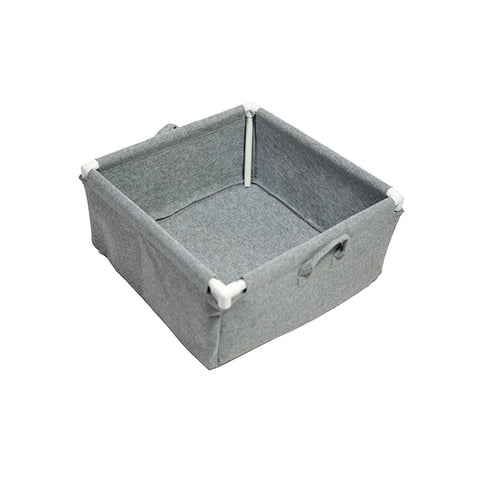
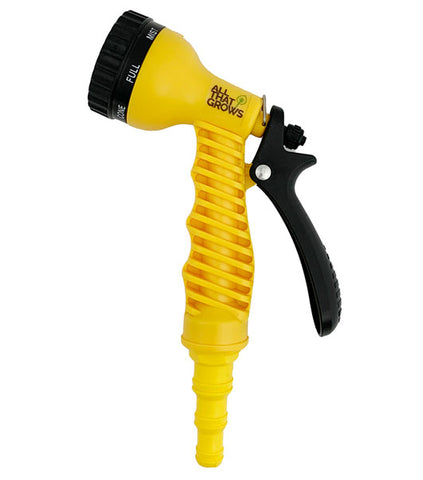
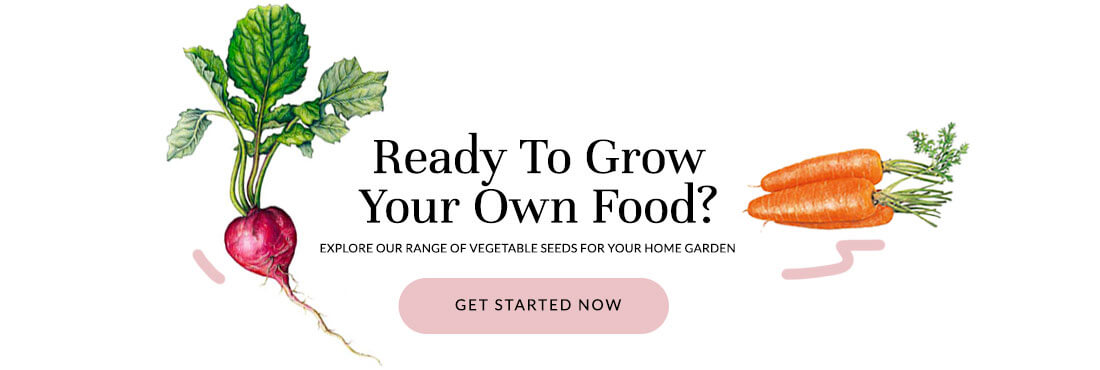
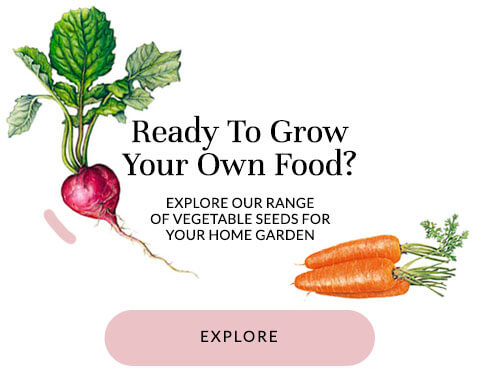
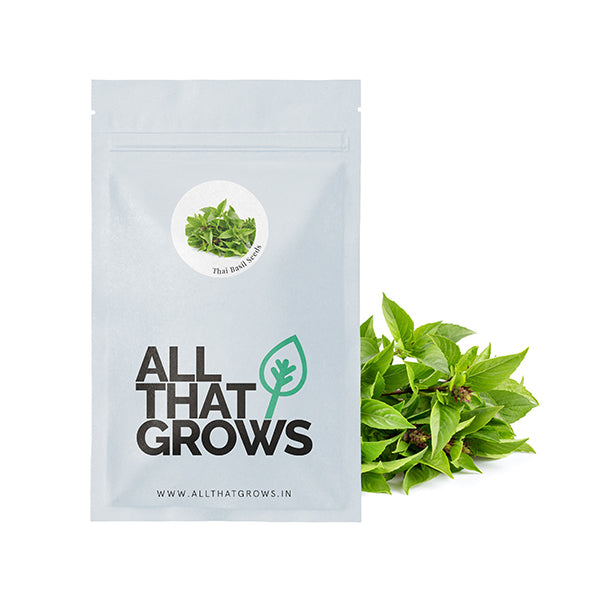
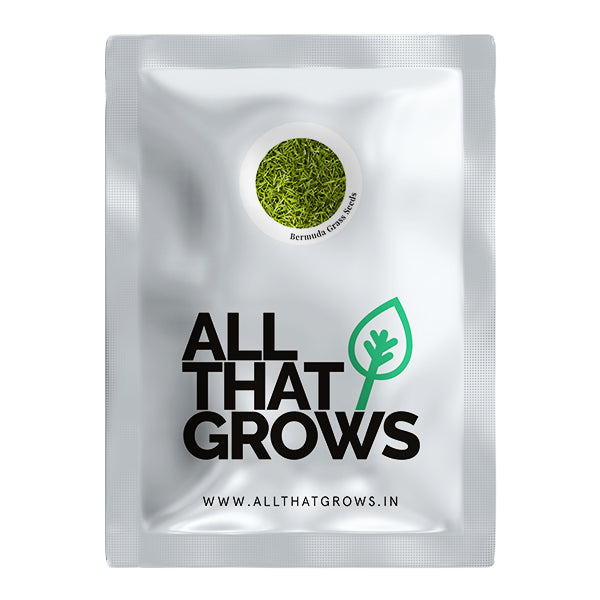
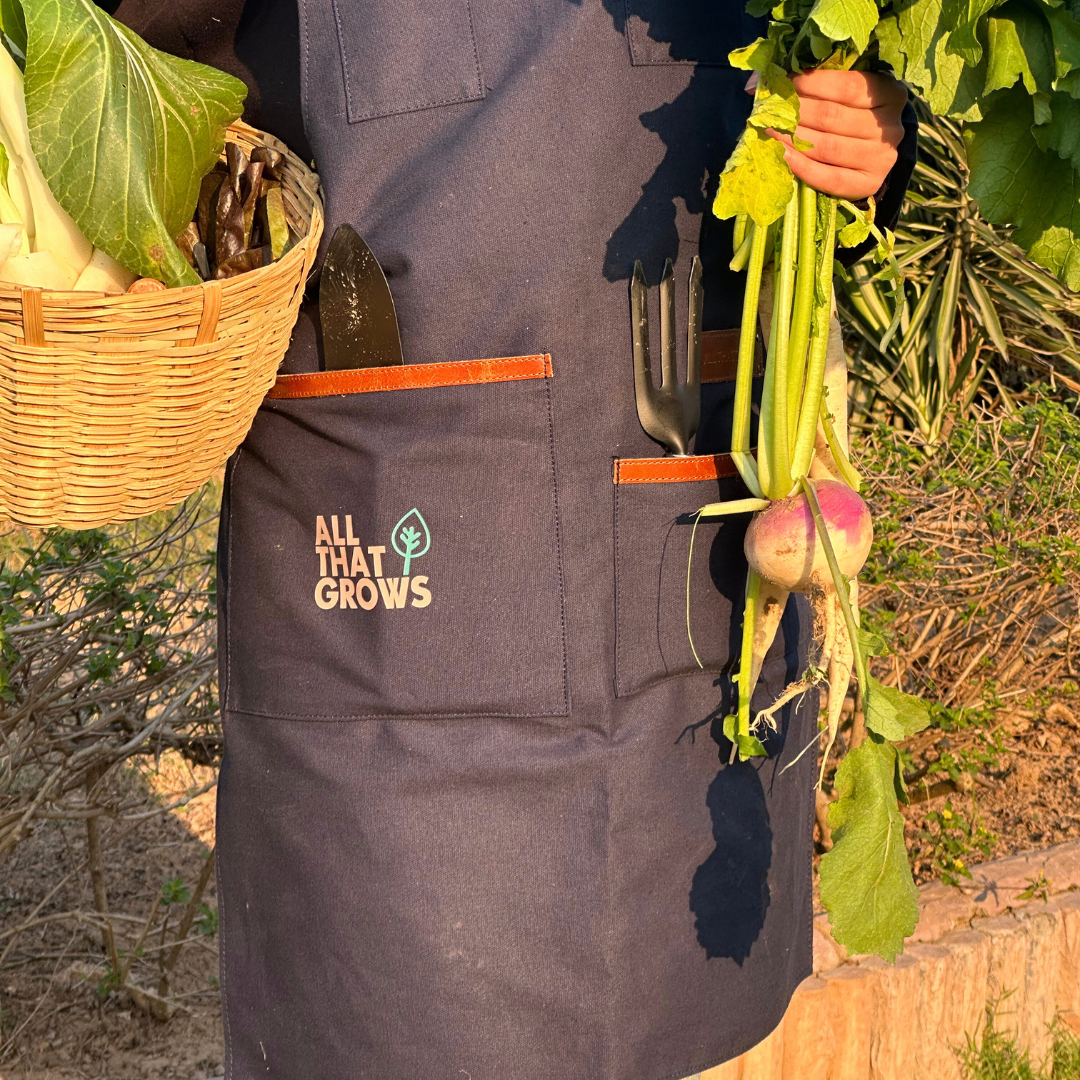

Leave a comment